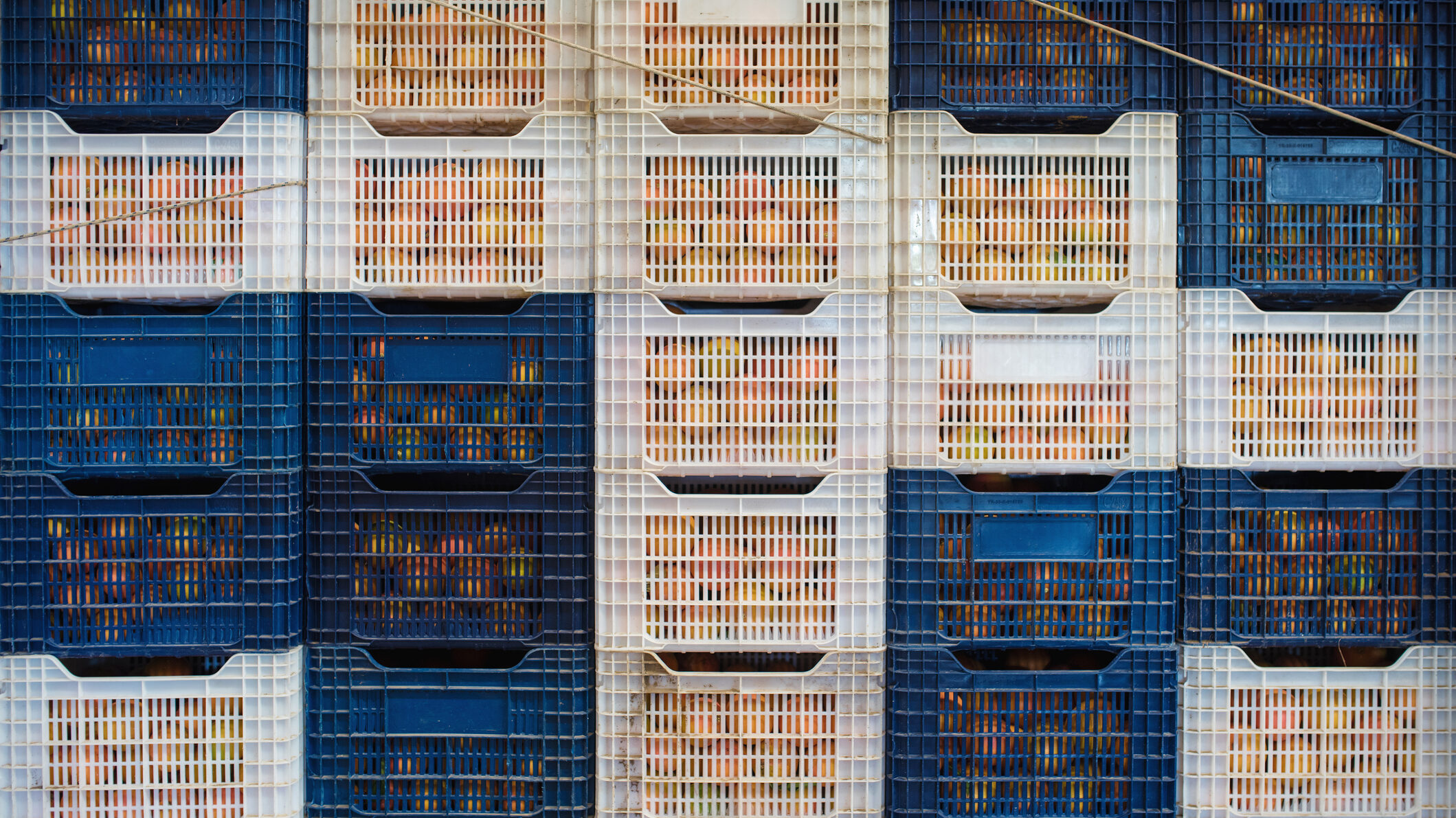Infrastructure’s Expenditures: Changi Airport, Food Cargo and Capital’s Technosphere
March 13, 2023

On 7 March 2019, Jewel Changi Airport announced that a total of 500,000 tickets will be issued to Singapore residents who wish to get a sneak peek inside its premises before its official opening on 17 April the same year. Marketing itself as a ‘multi-dimensional lifestyle destination’, Jewel houses a range of facilities including indoor gardens, leisure attractions, retail and dining outlets, as well as a hotel enclosed within a distinctive dome-shaped glass façade.
In ‘Infrastructure’s Expenditures: Changi Airport, Food Cargo and Capital’s Technosphere’ (International Journal of Urban and Regional Research, 2019), Assistant Professor Lin Weiqiang (NUS Department of Geography) posits that infrastructures can be understood as units forming a larger ‘Technosphere’ – conceptualized as the artificial environment comprising the collective interaction of systems that determines how the global economy functions. To put it another way, infrastructures help ‘propel specific modes of production and consumption beyond cities’.
To illustrate his point, Dr Lin demonstrates how various global developments are all connected through examining ‘infrastructure expenditures’ in land, energy, and labour resources from the food cargo business in Changi Airport.
Firstly, land was required to construct the infrastructure for Changi’s food cargo business. In land-scarce Singapore, the only option to expand was through land reclamation. Singapore’s insatiable appetite to expand its territories has antagonized the neighbouring countries of Malaysia and Indonesia, with Malaysian fishermen complaining that the pollution from reclamation damages the marine environment and threatens their livelihoods. Initially, sand was dredged offshore from within Singapore waters. By the second year of Changi’s expansion, Singapore had to source and import sand from Malaysia and Indonesia, leading to receding coastlines and further environmental damage in the two countries.
Secondly, air-conditioning for the transportation and storage of food creates large energy expenditures. There are strict procedures that require food to be thermally regulated at specific temperatures to prevent spoilage. As a tropical country, Singapore’s food cargo business relies heavily on artificial cooling, with one warehouse reportedly spending S$1 million per month on air-conditioning costs. Furthermore, as Singapore does not have natural hydrocarbon reserves, it imports liquified natural gas shipped from Qatar and Trinidad and Tobago for electricity generation.
Thirdly, Changi’s food cargo business mobilizes thousands of low-paid immigrants from other countries. Due to the low wages and harsh working conditions, many Singaporeans are unwilling to work in the warehouses. The state assists the recruitment of such low-wage migrant labour by organizing overseas recruitment drives to ensure a continuous flow of low-wage labour even with high attrition rates. These low wage workers come from other Asian countries such as Malaysia, China, and the Philippines.
This case study of infrastructure expenditures in Changi’s food cargo business reveals the interconnectedness of global developments. Exposing the hidden infrastructure expenditures helps to uncover the additional socio-ecological costs often overlooked in urban research.
Read the full article here.
